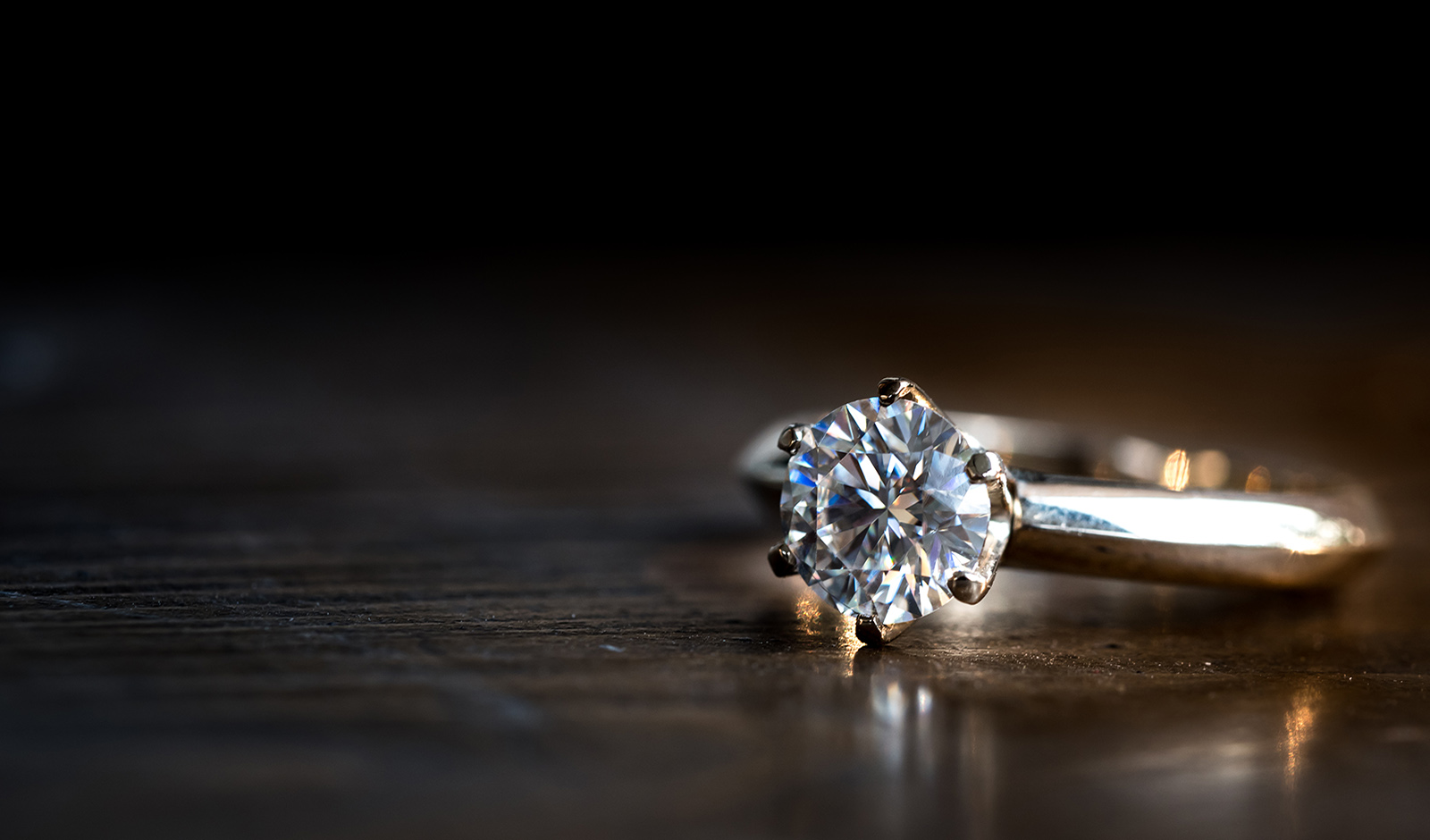

Technology has affected every component of our lives, from the way we work to what we wear, so it won’t surprise you to learn that it has drastically shaken up the world of jewelry, too. And although it’s sometimes quite easy to spot—think: smart watches and fitness trackers—the technology that goes into modern jewelry-making is often a lot more inconspicuous, taking the form of new riffs on timeless materials and brilliant new approaches to customization.
Fresh New Materials
These days, it isn’t as simple as producing quality pieces from gold or silver. While these time-honored materials are still common in all realms of jewelry design, that may not be the case for long! All-new approaches to the use of gold, ceramic, and stainless steel are changing the way jewelry and luxury watches get made.
- Hublot’s Magic Gold – Swiss luxury watchmaker Hublot has created a groundbreaking material called Magic Gold to use in their watches. This never-before-used alloy is made from a mix of a gold and boron carbide (ceramic), which creates a new 18-karat gold that’s harder and tougher than gold or ceramic alone. In fact, the company has branded it as the “first scratch-proof 18-karat gold.” If you’re a fan of more flashy men’s luxury watches, you’ll also love Hublot’s revolutionary method of making brightly colored ceramics. Creating vibrant ceramic hues was once nearly impossible in jewelry design, so the new method has opened up many possibilities.
- Rolex’s Oystersteel – Rolex’s Oystersteel, which first started appearing in their high-end timepieces in 2018, is a tough, corrosion-resistant form of 904L stainless steel that is known to acquire a high level of sheen when polished. It’s produced in the Rolex foundry using in-house machines not found elsewhere in Switzerland. Rolex produces the steel via spark erosion and exclusive machinery to enhance their highly collectible wristwatches. Rolex also produces an exclusive pink gold alloy called Everose.
- Lab-Grown Diamonds – A push toward transparency in the jewelry supply chain has inspired many ethical upgrades in the market, namely with regard to diamonds and other precious gems. With diamonds falling more and more out of favor with younger consumers, lab-grown diamonds—also known as lab-created diamonds—have blossomed in popularity. These man-made gems are chemically the same as earth-grown ones, but they’re made in a lab using a process that recreates the Earth’s natural one. These diamonds have become more popular than ever, thanks in part to the fact that they are cheaper, more ethical, and more eco-friendly.
Next-Level Tech
The technologies used in the conception and manufacture of jewelry are responsible for many advancements in today’s design, namely in the form of customization. And then, of course, there’s the digital integration factor. We all like the idea of connected wearables, but the call for more stylish options has shaken up the way they are designed.
- 3D Printing – Where jewelry once either had to be hand-crafted individually or mass-produced at scale, today’s tools allow designers and manufacturers to customize pieces in a more efficient manner (more on that below). 3D printing allows manufacturers to produce custom molds and prototypes in-house, easily and quickly tweaking designs and materials.
This new way of doing things eliminates older methods like lost-wax casting and investment casting, which are a lot more costly and time-consuming. Jewelers use CAD (computer-aided design) software and high-resolution 3D printers to create individual designs in a much more efficient manner, providing more design freedom for designers and customers.
- Laser Technology – Laser technology is another way small jewelry businesses and startups are catering to a market that demands all things custom. Lasers provide a relatively affordable, efficient way to repair, etch, engrave, weld, cut, and detail, helping smaller designers achieve stunning professional results in-house. The tiny beam of light ensures micro-precision and offers a non-contact, permanent solution that works on virtually all kinds of metal and stones.
Lasers are also unique in that they allow jewelers to repair and alter heat-sensitive materials without damaging them or lessening their value. On top of that, laser engraving is often used to etch discreet serial numbers and other identification factors to help deter counterfeiting and theft.
- Jewelry Wearables – Smart jewelry is becoming as ubiquitous as smartphones. And though we often think of wearables as fitness trackers and smartwatches, jewelry options are becoming more and more desirable to a mass market. This is because, as more utilitarian connected wearables have grown in popularity, the demand for more stylish and traditional-looking wearable tech has grown as well.
Today, you can find attractive bracelets, rings, and even earrings that track your heart rate, log your activity, and give you alerts throughout the day to stay on top of your goals. Thanks to technology, manufacturers are able to produce much smaller sensors, microchips, actuators, and other components, leaving much more room for style-focused design.
- Customizing Software – Off-the-rack jewelry is a thing of the past. Many modern jewelry startups have developed unique ways to help wearers turn personal memories and mementos into special pieces that are bespoke to them.
For example, London-based startup Missoma creates custom jewelry using a proprietary interactive design software that lets buyers draw and create pieces from their smartphones. Boutique jewelry companies like Capsul and Hexatope are also leading the way with unique custom manufacturing options that allow users to turn sound waves, doodles, and individually hand-written words into one-of-a-kind wearables.
Overarching Trends in Jewelry Tech
The overarching trends in jewelry design technology mimic the overarching trends in tech at large—a focus on ethics, customization, and innovation of materials has guided the latest and greatest advancements in jewelry. With tech evolving at a breakneck pace, it wouldn’t surprise us to see an entirely new approach to jewelry design, manufacture, and production in the next decade, leaving old-school processes in the dust.
























